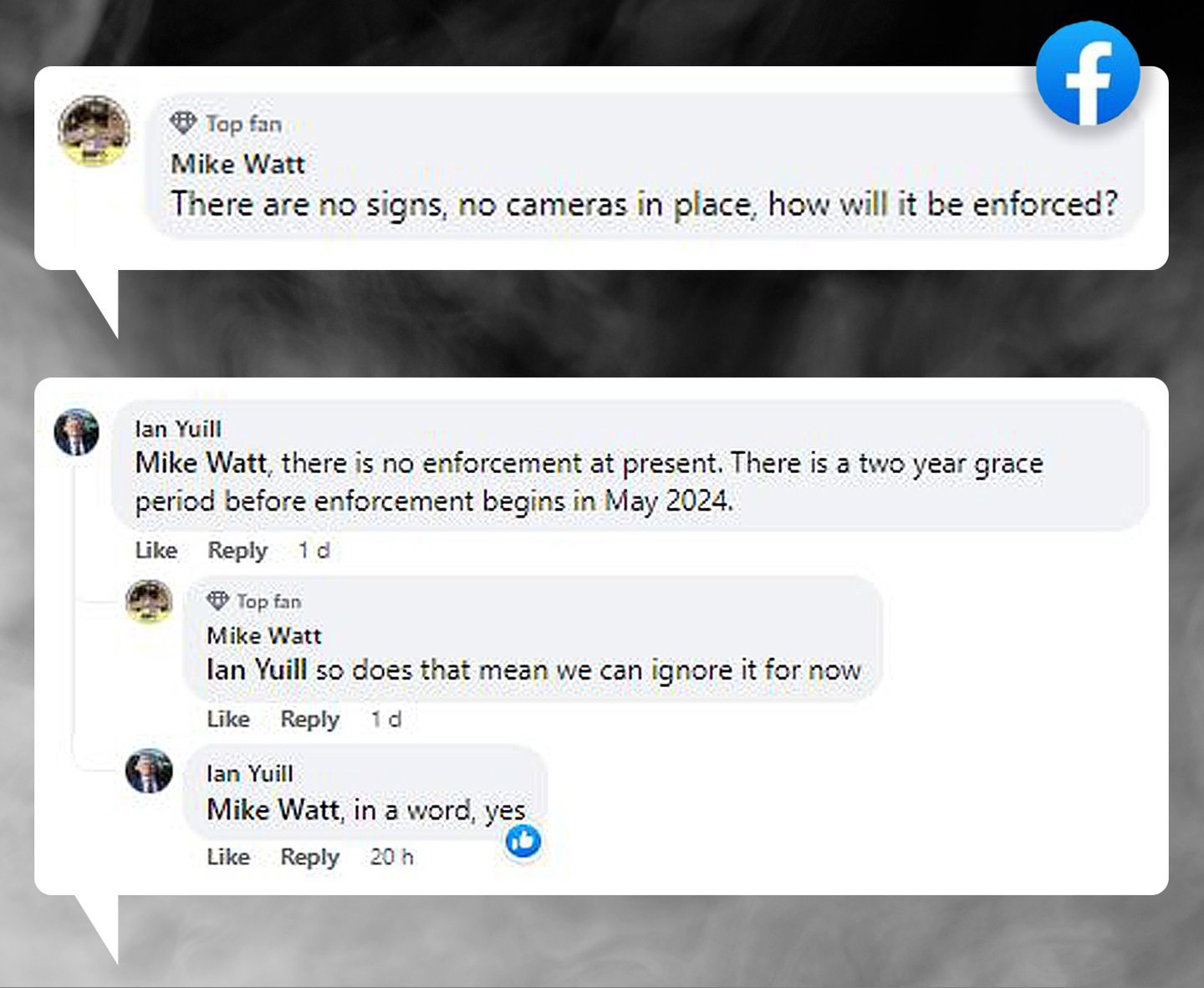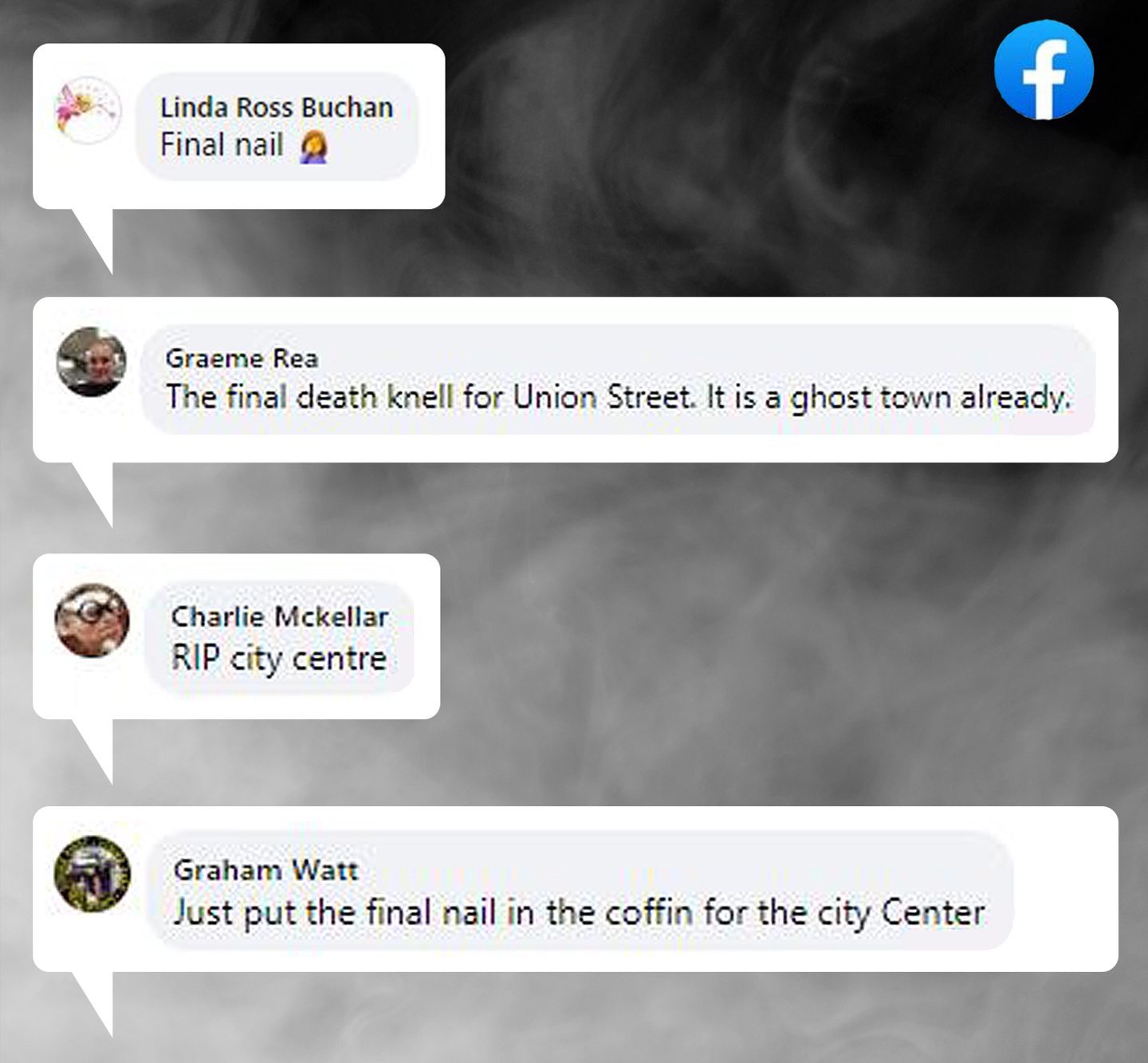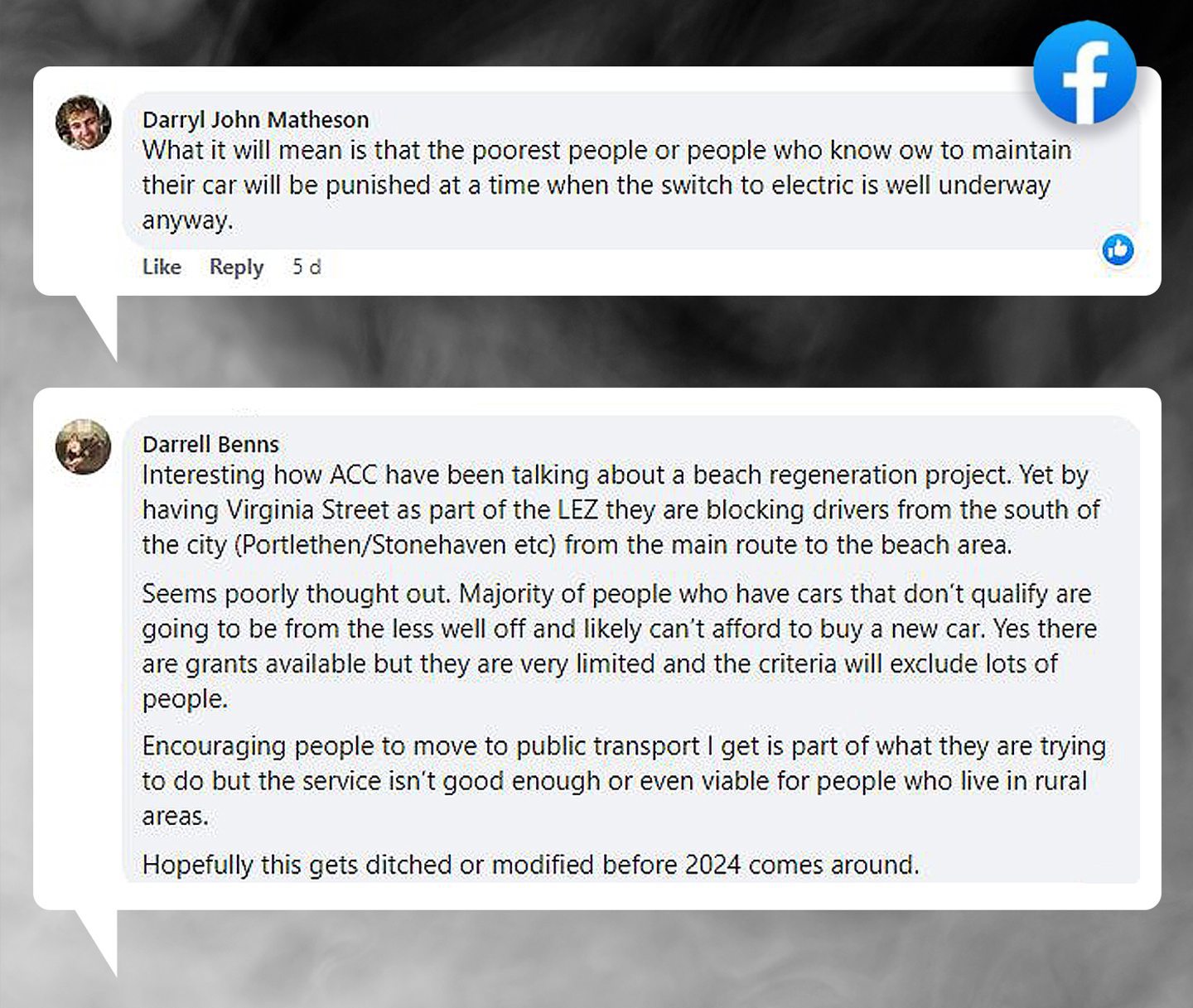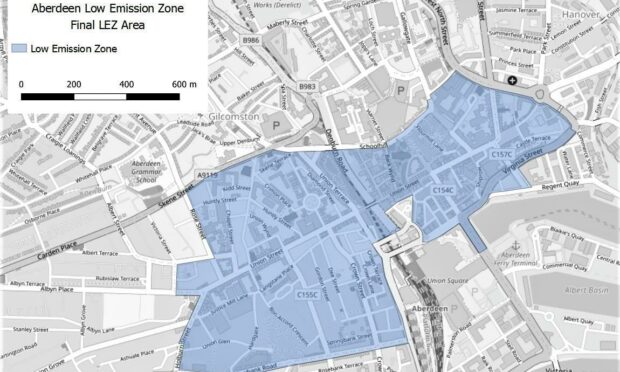Aberdeen’s low emission zone (LEZ) officially started this week, and so far our readers have dubbed it as “another tax for motorists” and “the final death knell for Union Street”.
The city’s LEZ was formally introduced on May 31, after the Scottish Government approved Aberdeen City Council’s plans.
Aberdeen is one of four Scottish cities where LEZs commenced this week, alongside Glasgow, Edinburgh and Dundee.
They are designed to improve air quality and public health through the banning of high-polluting vehicles.
However, the introduction of the LEZ in Aberdeen this week resulted in a significant amount of criticism from our readers on social media.
‘Just another form of taxation…’
Once the LEZ is fully up and running and enforced by Aberdeen City Council, cash generated from fines issued to motorists for entering the zone in a banned vehicle will go to the local authority.

But although Aberdeen’s LEZ technically started this week, there will in fact be no fines issued until 2024 because of a two-year grace period.
Once the system is fully up and running, there will be signs in place telling people where its boundaries are, and automatic number plate recognition (ANPR) cameras installed, similar to those in use in bus lanes.
However, it will be quite some time before any signs or cameras will be in place.
So what does this mean?
According to Aberdeen City Council co-leader Ian Yuill, in response to one reader’s query, you can ignore the LEZ until enforcement starts.

A spokeswoman for Aberdeen City Council said: “Any money generated from the LEZ would be first and foremost used to cover the costs of the scheme, such as camera maintenance and replacement.”
And all “residual” cash would be spent on “sustainable transport projects” in Aberdeen.
She added: “In the unlikely event that all revenue couldn’t be spent, then this would have to be returned to the Scottish Government and Transport Scotland to offset their previous contributions to LEZ development and delivery.”
A ‘nail in the coffin’ for Union Street?
The LEZ extends from Albyn Grove in the west, to Commerce Street in the east, and incorporates much of the city centre.
This includes the entirety of Union Street, which is one of the city’s worst roads for air pollution.
The Granite Mile has for years been a major point of discussion when it comes to regeneration of the city centre, with many prominent shops closing their doors or moving, and arguments for and against pedestrianisation making headlines.
Some of our readers fear the LEZ will be a fatal blow for any aspirations to make Union Street a go-to destination once more.

Others fear the LEZ will disproportionately impact poorer people, and the funding available to help people comply will be insufficient.


Conversation